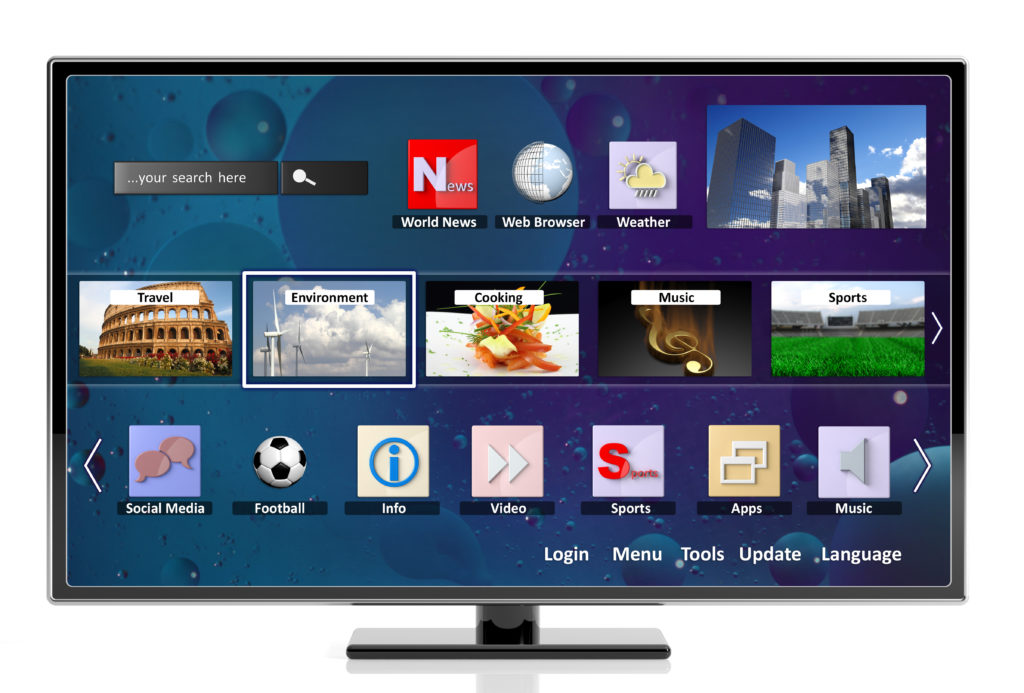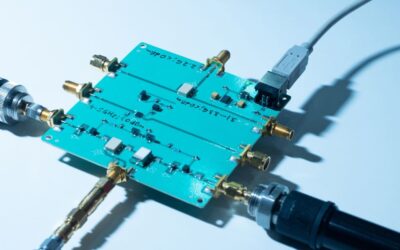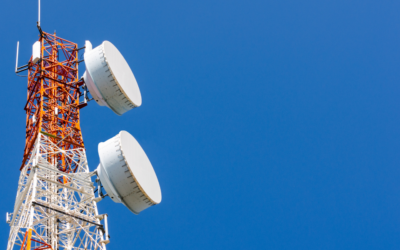The Technology Behind Smart TVs

Smart TVs are an omnipresent part of modern-day life. However, many users are not aware of all the technology that goes into making a smart TV function. How do they really work? Learning about the fascinating technology behind these televisions can help you select the right products for your needs.
Smart TVs Use an Internet Connection to Work
Unlike older televisions, a smart TV does not necessarily need any cables hooked up to it. Instead, this television can function with nothing more than an electric connection and a nearby internet connection. Users have the option of connecting to a WiFi signal or using Ethernet to create a wired connection. Once a Smart TV is connected to the internet, it can run a variety of free apps. These apps work just like the apps on a cellphone. You download a variety of streaming services and create accounts to save your media preferences. This makes smart TVs a flexible, helpful choice for people who prefer watching with streaming services. Due to their wireless connectivity options, smart TVs do emit some radiation. However, they have to follow strict government standards and keep radiation at very low levels.
Smart TVs May Communicate With Other Devices
Smart TVs also get their name due to their level of connectivity. These televisions can connect to various other devices including speakers, Google Home assistants, Amazon Alexa assistants, and even cellphones. The majority of smart TVs will use Bluetooth for these connections. Some may also come with the ability to use internet connections or wired connections. Once your Smart TV is hooked up, you can do things like start a movie with a voice command.
Smart TVs Also Contain the Functions Found on Regular TVs
There is a common misconception that smart TVs only work with internet and Bluetooth connections. However, this is not actually true. Most smart TVs still have the capabilities of traditional TVs. Most models also pick up broadcast channels. They contain a digital ATSC tuner to receive TV signals and play audio and visual media on the television. Smart TVs also usually have the option of working with cable channels. You can plug a cable box into your smart TV, or many modern cable companies have an app you can download to access your paid cable subscription.
As you can see, smart TV users can get the most out of their equipment when they have the right connectivity. At Smith and Fisher, our team is dedicated to providing safe and effective broadcasting solutions. Out studies help clients improve television station coverage, find the right tower sites, and reduce RF radiation to safe levels. Contact us today to learn more about our services.






